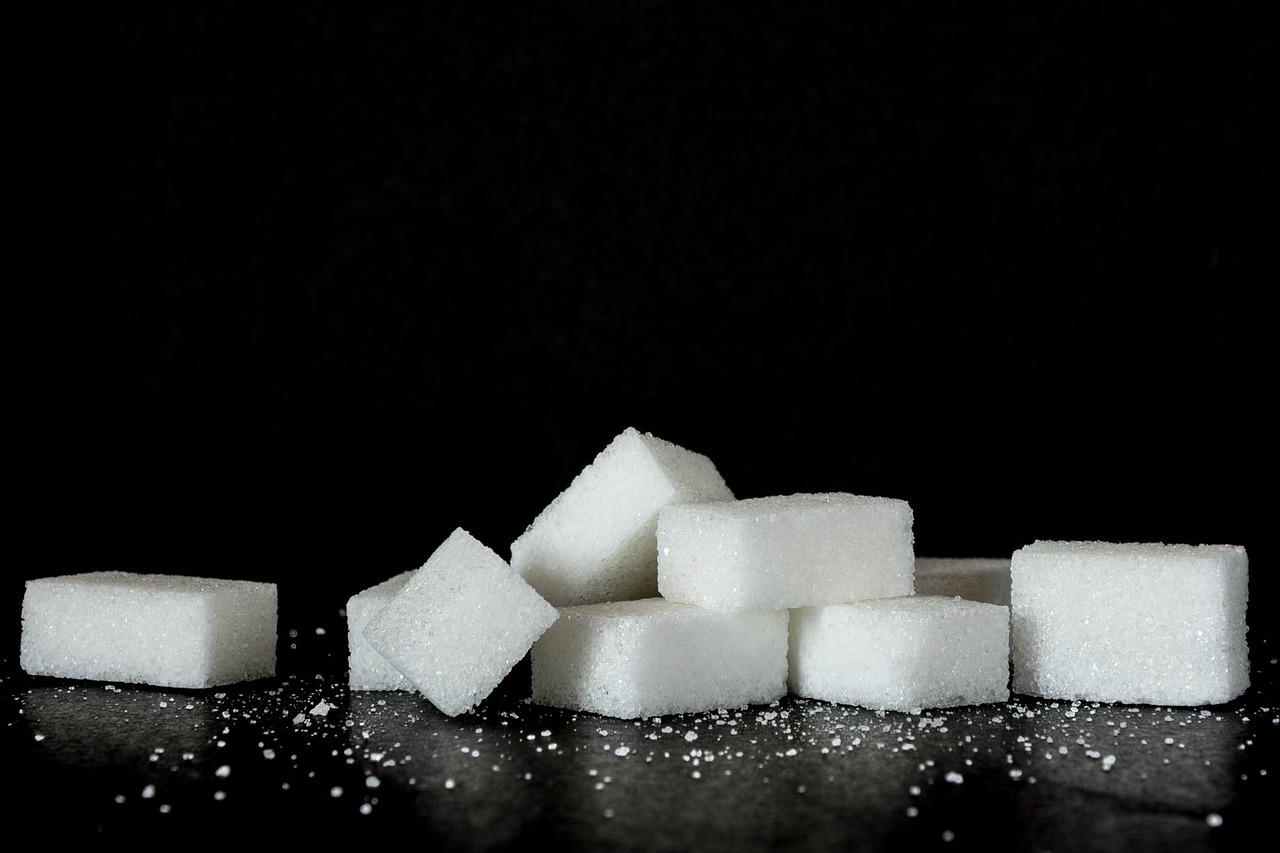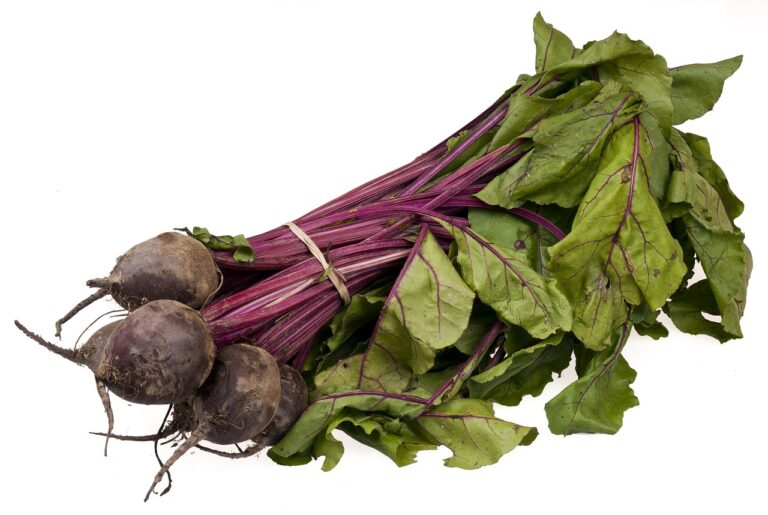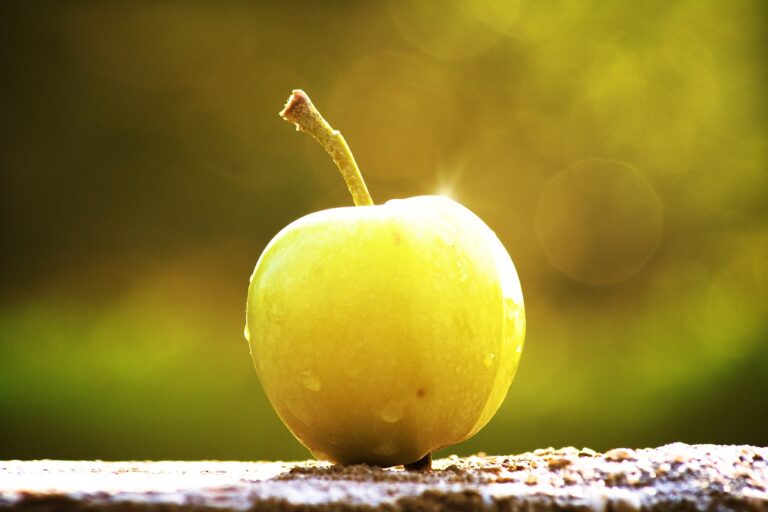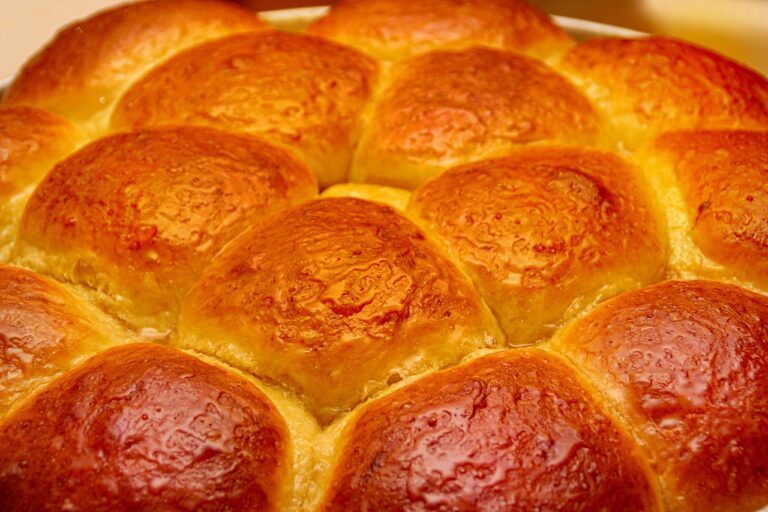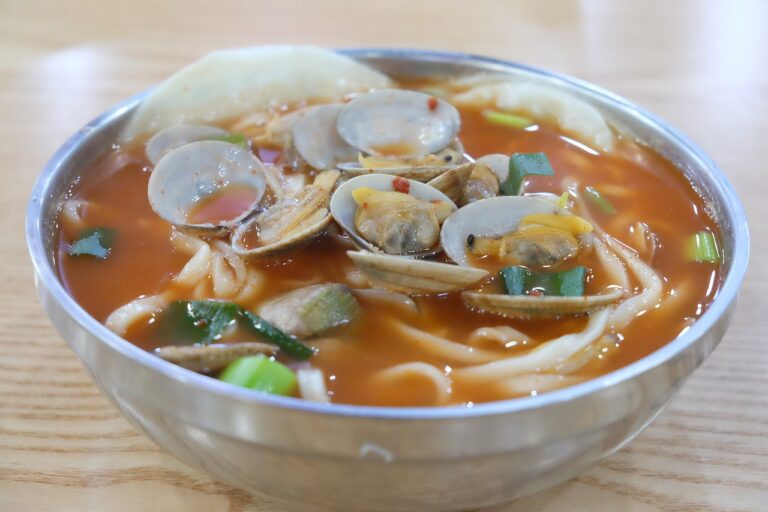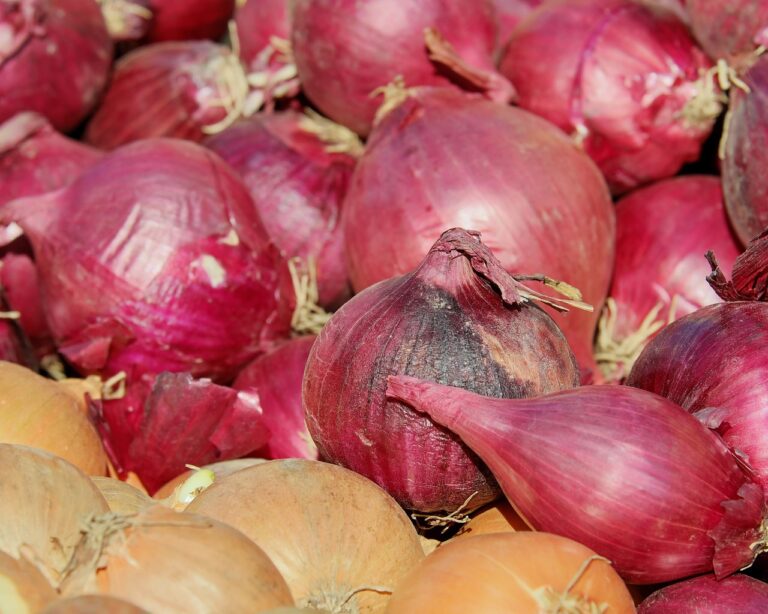The Art of Food Preservation: Traditional Techniques in the Modern Kitchen
Food preservation techniques have been essential throughout history to ensure food security and prevent spoilage. One of the earliest methods used by ancient civilizations was drying food under the sun to remove moisture and inhibit bacterial growth. This allowed communities to preserve fruits, vegetables, and meats for extended periods, especially in regions with limited access to refrigeration or other modern preservation methods.
Another ancient technique that emerged was fermentation, a process in which microorganisms break down sugars in food to create preservatives like alcohol or vinegar. Civilizations such as the Mesopotamians and Egyptians utilized fermentation to prolong the shelf life of dairy products, fruits, and vegetables. This method not only preserved food but also enhanced its flavors, making it a popular choice for preserving ingredients in various cuisines around the world.
Benefits of Preserving Food at Home
Preserving food at home offers numerous benefits that can help individuals save money and reduce food waste. By storing food for longer periods, it enables households to take advantage of bulk purchasing deals and seasonal produce, ultimately cutting down on grocery expenses. Additionally, it allows for the retention of nutrients in food, ensuring that families have access to healthier options throughout the year.
Moreover, home food preservation provides a sense of control over the ingredients and additives used in the process, allowing individuals to make informed choices about what goes into their food. This can be particularly beneficial for those with dietary restrictions or preferences, as they can customize the preservation methods to suit their needs. Overall, by preserving food at home, individuals can enjoy a wide range of benefits that contribute to both their financial well-being and overall health.
• Preserving food at home helps save money by taking advantage of bulk purchasing deals and seasonal produce
• Retains nutrients in food, providing access to healthier options year-round
• Allows control over ingredients and additives used in the preservation process
• Customizable preservation methods for individuals with dietary restrictions or preferences
Common Traditional Food Preservation Methods
Preserving food through traditional methods has been a practice handed down through generations. One common method is pickling, where fruits and vegetables are submerged in vinegar or salt brine to prevent spoilage. This process not only extends the shelf life of food but also enhances flavor profiles.
Another traditional preservation technique is drying or dehydration. By removing moisture from food items like herbs, meats, and fruits, they can be stored for a longer period without the risk of rotting. Dried foods are lightweight and compact, making them convenient for storage and transportation, while still retaining their nutritional value.
What are some common traditional food preservation methods?
Some common traditional food preservation methods include drying, salting, smoking, pickling, and fermenting.
Why is it important to preserve food at home?
Preserving food at home helps to extend its shelf life, reduce food waste, and save money by allowing you to enjoy seasonal produce all year round.
How do traditional food preservation methods differ from modern methods?
Traditional food preservation methods rely on natural processes such as dehydration, fermentation, and curing, while modern methods often involve the use of chemicals and preservatives.
Are there any health benefits to consuming traditionally preserved foods?
Yes, traditionally preserved foods can be rich in probiotics and nutrients, as well as being free from artificial additives and preservatives.
Can anyone learn how to preserve food using traditional methods?
Yes, with the right knowledge and equipment, anyone can learn how to preserve food using traditional methods in their own home.

